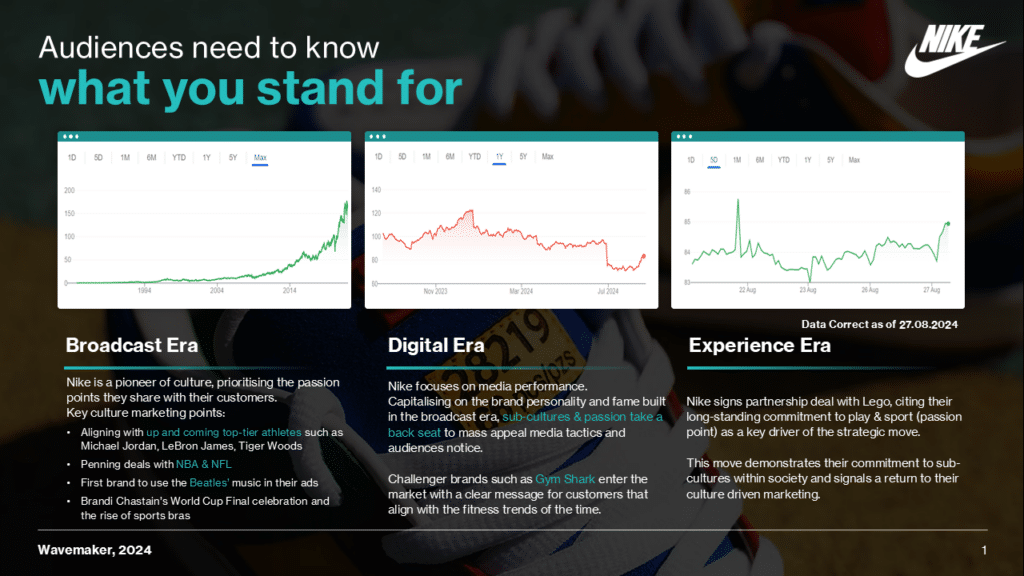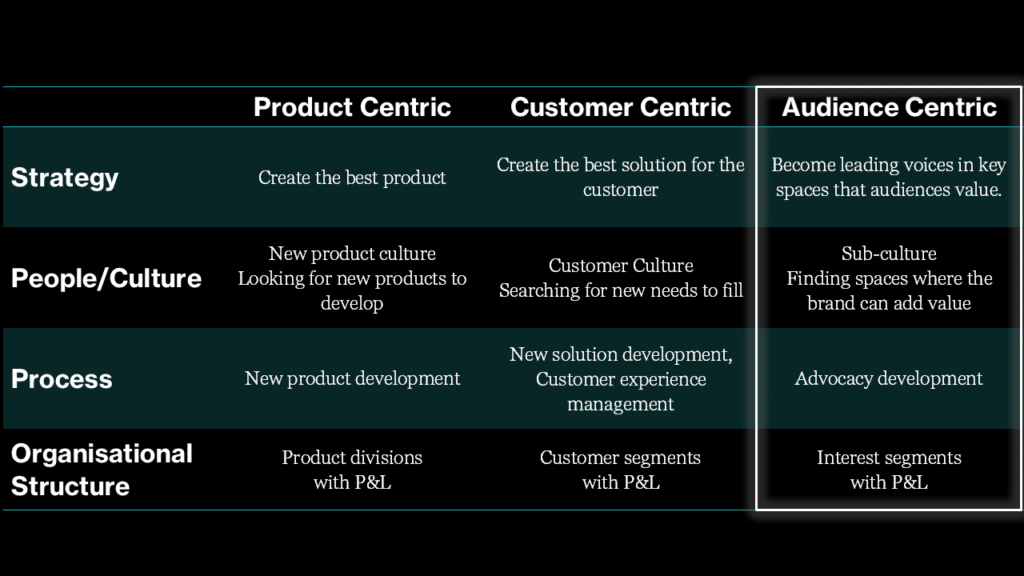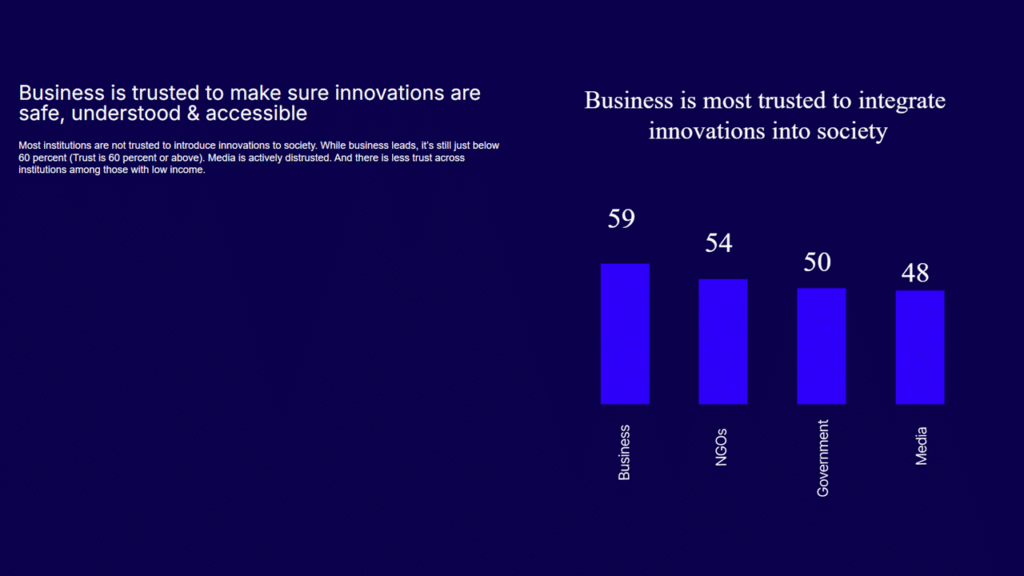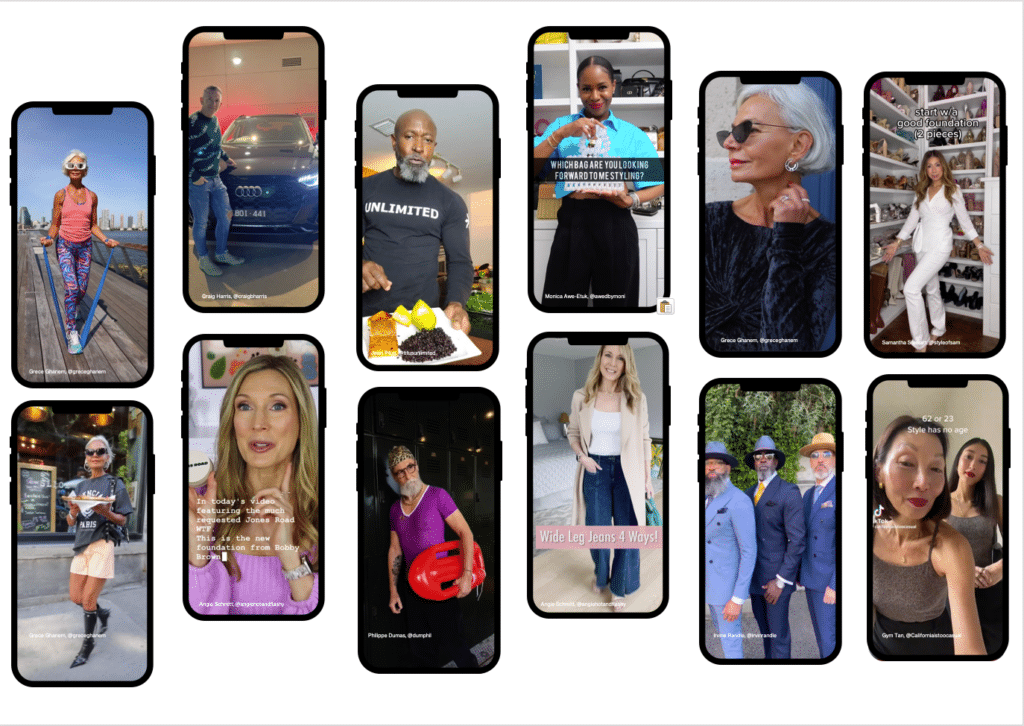This article was first published in NewDigitalAge on 9 October 2024.
“73% of Gen Z believe that older generations can’t act as guides to adulthood because too much has changed in the world,’ Spotify Culture Next Report, 2020. ChatGPT scoured the internet to see if there had been any update to this and was not surprised to find that while there was no updated statistic, generational differences in media consumption and world view have continued to deepen, particularly in how emerging audiences interact with audio and digital experiences.
Across the globe, we’re seeing endless studies aimed at understanding young consumers, but are we really prepared to change the way we market to them – or simply hoping to find ways to bring them into our existing frameworks? Every smart marketer has considered whether the models and measures of success are still fit for purpose; the real question is why we’re not admitting that the answer is largely no and doing something about it?
The marketing funnel was created in 1898.
1898. Just let that sink in.
If we’re using a 126-year-old model, let’s not be shocked when new brands swoop in and take market share from legacy brands, deploying a model so unfamiliar to traditional marketers it has them scrambling to ‘understand younger generations’ instead of thinking up new ways to truly engage them.
I’ve seen it countless times in my own job. A creative response-to-brief centred around fantastic new thinking doesn’t make it to the activation stage because it doesn’t align with traditional success measures or fit our current comms models. A perfect example of a legacy brand finding this out the hard way is Nike:

Challenger brands are entering the market, starting with advocacy and then building out awareness. This seemingly small switch is a gamechanger. Take Gym Shark, growing to a £100M business in 7 years, primarily using influencers to revolutionise the fitness apparel industry.
It took a plummeting share price for Nike to think beyond performance media and sales. A recent return to their brand ethos and what makes them special in the market has seen their share price rebound slightly, but the longevity of this revival remains to be seen.
What model are challengers adopting? The answer is one of Audience Centricity.
 Adapted from: “What is a Customer Centric Culture”, MarketCulture, 2013
Adapted from: “What is a Customer Centric Culture”, MarketCulture, 2013
Traditional product- and customer-centric strategies focus on direct sales, while audience-centric ones focus on community, indirectly delivering sales. Many legacy brands are still tied to a product-centric ethos. This makes it extraordinarily difficult to build a rapport with emerging audiences who value community and authenticity.
As a millennial marketer (with Gen Z rising tendencies), here are my top tips for audience-centricity:
- Recognise the role of brand in the world today: In 2024 brands are in the business of leadership. Amid rising global distrust of institutions (Edelman Global Trust Barometer, 2024), businesses have been presented with an unprecedented opportunity to lead and integrate innovations into society.

Source: Edelman Global Trust Barometer, 2024
- Find your tribe(s)
Brands basing their strategies in cultures and subcultures are finding gaps in the market and flipping the marketing model. Starting with advocacy, their products have a fanbase before they are even launched. Brands by Mr Beast, Kim Kardashian, Kayla Itsines and Kylie Jenner are estimated to be turning over $100m in revenue annually, built in this way.
- Understand that brand ethos trumps brand image
Your brand does not need to mean the same thing to everyone. This advice is not new, but the execution of it is. We’ve been creating sub-brands to appeal to different audiences for a century, but what if this no longer had to be the case?
Take Marc Jacobs for example (whose Social Media Manager has been on fire lately!). A brand built on two simple concepts: a love of fashion and a commitment to quality. The recent social campaign for the launch of their new Tote Bag gave TikTok creators free reign to do whatever would resonate with their audience – as long as it featured the bag and was good quality. The result? 4.6 million views from just five videos. An approach even Vogue is raving about.
- Be brave
As generic as this final tip sounds, there is no substitute for believing in your vision, approaching it with passion and backing it when the chips are down.
The legacy brands of today were the culture drivers of yesterday – do not sit back and let the spirit of innovation and the energy of youth relegate your brand to the sidelines.
Who’s getting it right?
Elf cosmetics
In just a few years, elf cosmetics has become a leading beauty brand, tapping into multiple audience areas including gaming, sport, music, film and TV. The learning? Those that love elf for what they’re doing in one area, do not care that they are also in other areas. As long as the brand involvement is rooted in the values of each culture and subculture, it will continue to win.
William Hill
As a betting company founded in 1934, it is no surprise that William Hill is facing pressure from challenger brands, as well as challenges around gambling advertising. In the face of these threats, the brand has added an audience-centric element to their marketing mix, creating the ‘Up Front’ content series that became the number one sports podcast for multiple months in numerous markets with over 28 million YouTube video views, and an estimated earned reach of 3.5 billion.








